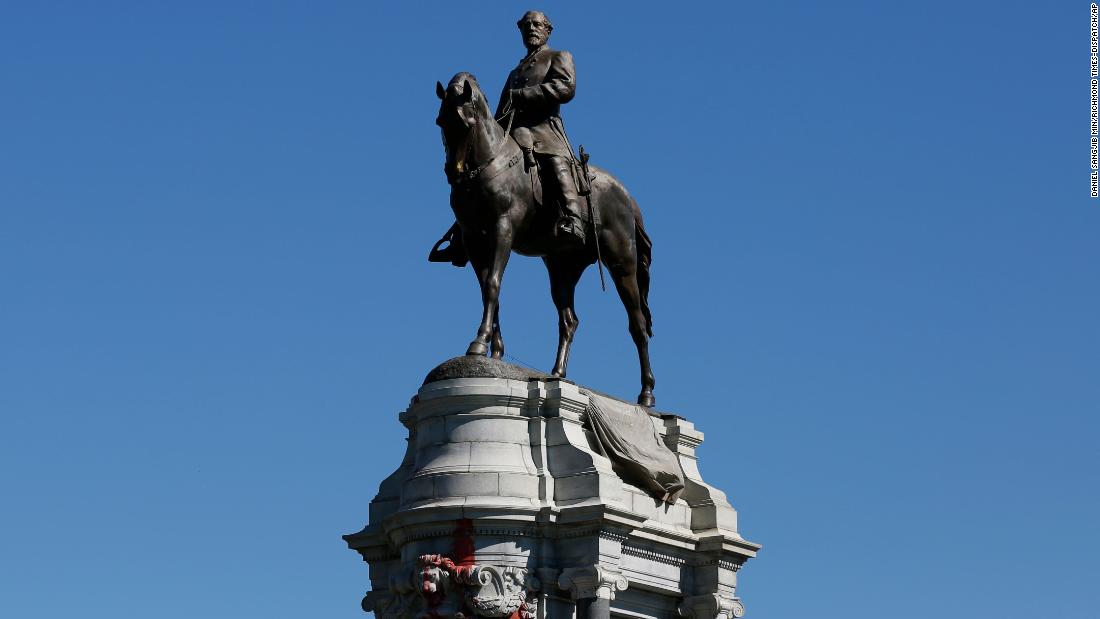Gov. Ralph Northam announced his intention to remove the Confederate statue, which is the largest remaining in the United States, in June 2020, amid national protests for racial justice, but it was challenged in court.
A group of Richmond residents sued, arguing that an 1890 deed and a joint 1889 General Assembly resolution prohibit the governor from directing the removal of a state monument from state property.
Another lawsuit filed by Virginia resident William C. Gregory, identified as the two-part great-grandson and signatory of the 1890 deed, argued that the removal of the statue also violated the deed, in which Virginia, after the land where the statue is located had been transferred he agreed to “protect it faithfully and protect it affectionately.” He stated that, as heir, he has the legal right to compel Virginia to keep the Lee Monument where it stands.
Last week, the Virginia Supreme Court rejected both arguments and paved the way for the removal of the statue.
“The statue was installed in 1890, a generation after the Civil War, during the historic movement that sought to undo the results of the war by other means,” state officials said Monday in a press release.
Northam hailed the withdrawal of what he called “Virginia’s largest monument to the Confederate insurrection,” and called it “an important step in showing who we are and what we value as a Commonwealth.”
Preparations for the withdrawal will begin on Tuesday, according to the statement. Once removed, the statue will be placed in secure storage at a state-owned facility until its new disposition is decided, officials said.
The 40-foot granite pedestal on which Lee’s statue sits will remain in place during a community-led effort to “reimagine” Monument Avenue, officials said.
CNN’s Leslie Holland contributed to this report.
